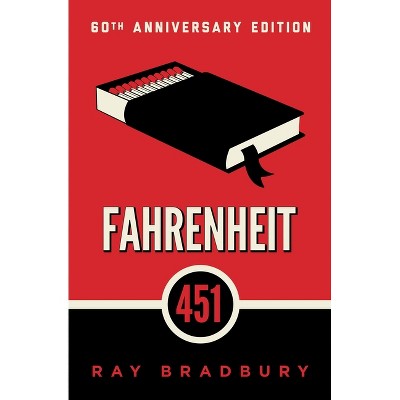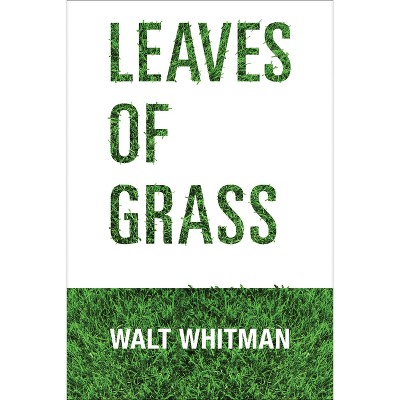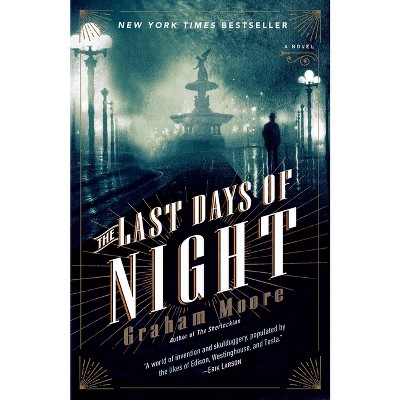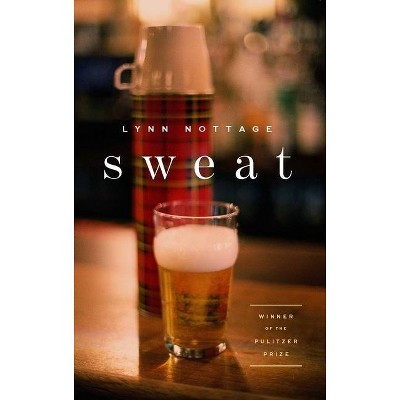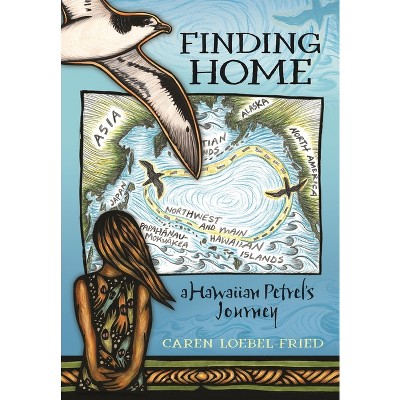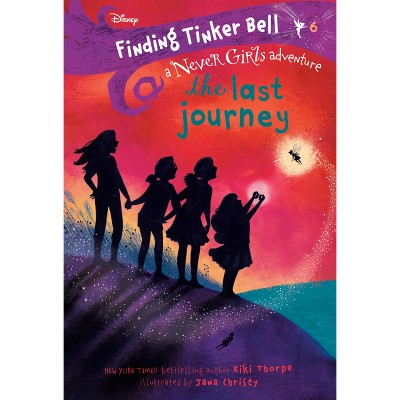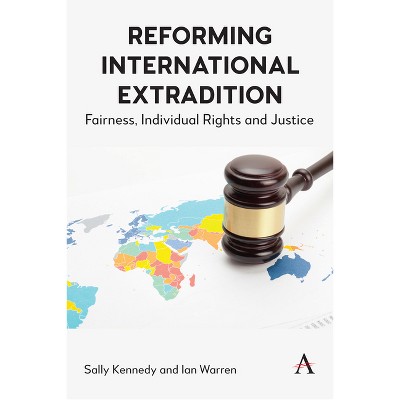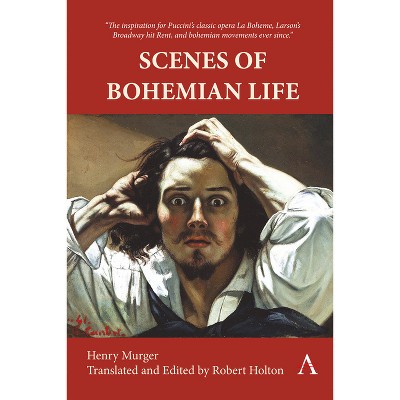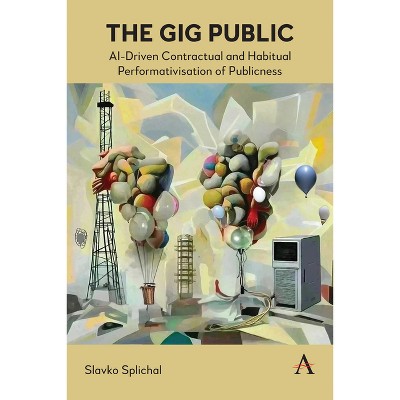Finding the Way to 'Long Day's Journey Into Night' - by William Davies King (Hardcover)

About this item
Highlights
- Eugene O'Neill wrote his most enduring and important plays after he won international acclaim as the first and only American playwright to receive the Nobel Prize in Literature in 1936.
- About the Author: William Davies King is Distinguished Professor of Theater and Dance at the University of California, Santa Barbara, and a veteran scholar of Eugene O'Neill, his life and works, also his wives.
- 362 Pages
- Drama, American
Description
About the Book
A profound new way to approach Eugene O'Neill's Long Day's Journey Into Night comes from reading this intensely autobiographical masterpiece in terms of the Taoism-inspired California house where it was written on the verge of World War II and the fractious marriage to Carlotta Monterey O'Neill to whom the play is dedicated.Book Synopsis
Eugene O'Neill wrote his most enduring and important plays after he won international acclaim as the first and only American playwright to receive the Nobel Prize in Literature in 1936. In the midst of the Great Depression, with his health failing and spirits sunk, he and his third wife, former actress Carlotta Monterey, moved to California to escape the materialism and commercialism of a declining "West," and they built a new home called Tao House. A reasonably good translation of tao is "the way," and in this house, which was largely the creation of Carlotta, he found the way to his most famous play, Long Day's Journey Into Night. As an unusually explicit autobiographical drama, this play returns to 1912, the outset of O'Neill's writing career, when he confronted tragedy in his family story and found a way to dramatize his mother, father, brother, and himself in a way that has resonated with audiences since its publication and production in 1956. But this book argues that the play originates as much in the moment of its creation, 1939-1941--in the family relationships, the historical circumstances, and the fact that this work would represent a moment of closure of his great career. Key to this heroic story of creation is the intervention of his wife, Carlotta, whose diaries enable a day-to-day observation of how the play was written. She was the driving force behind the design of Tao House, and she managed the rhythms and patterns of life within its architecture. It was her masterpiece, just as Long Day's Journey was his. This book develops a close reading of their house and marriage and also uses many of O'Neill's previous plays to illuminate the breakthrough of Long Day's Journey. This book is the most granular and at the same time the most far-reaching inquiry into how this quintessential play was written (and almost not written) and how it came into the world.Review Quotes
"In this brilliant and innovative treatment of O'Neill's masterpiece, Professor King perceptively calls the play 'a river.' Bringing together the quotidian diary entries of Gene and Car-lotta, essential historical context, and sharp dramaturgical insight, the book tracks the tribu-taries that join at the confluence of Tao House from which the great river flowed."--Herman Daniel Farrell III, Professor, University of Kentucky, President, Eugene O'Neill Society.
"King makes an ingenious and persuasive case that one way (the tao) to Long Day's Journey Into Night is not just going back in time to Monte Cristo Cottage in New London, the site of the drama, but to Tao House in California, the site where O'Neill wrote it (1939-41). This experimental biography of the O'Neills and Tao House, as World War II looms, offers striking insights into their masterpiece, their lives, and their creative entanglement." -- Joel Pfister, Olin Professor of English, Wesleyan University. Author of Surveyors of Custom: American Literature as Cultural Analysis (2015).
"Professor King delivers an extremely close-up look at Gene and Carlotta and their connected lives in the rooms and environs of Tao House during the writing of Long Day's Journey Into Night. King has carried this play with him for much of his life, and the breadth of inquiry here is simply astonishing. This is a masterful presentation by an eminent scholar of O'Neill." --William Storm, Professor Emeritus of Theatre Arts, New Mexico State University. Author of Dramaturgy and Dramatic Character: A Long View (2016).
"When it seemed that every biographical aspect of Long Day's Journey Into Night had been explored, William Davies King opens a new door: the door to Tao House. This fascinating, intimate, and essential book reveals how a house and most especially how the woman who designed and ran it, Carlotta Monterey, helped to shape one of the greatest plays in American drama." -- Beth Wynstra, PhD, Associate Professor of English, Babson College. Author of Vows, Veils, and Masks: The Performance of Marriage in the Plays of Eugene O'Neill (2023).
King's book is a fascinating and unique examination of Eugene O'Neill's masterpiece Long Day's Journey Into Night and the remarkable place in which it was written, Tao House. The narrative maps a journey (artistic and psycho geographical) toward dramatic literature's masterpiece, written in O'Neill's final home. But it is more than this. It also illuminates the often-overlooked role of O'Neill's third wife, Carlotta Monterey O'Neill, as a central collaborator to the Nobel Prize winner's success. The riveting narrative also highlights her work as his assistant and caretaker during the final, harrowing years. The book's unconventional structure is bold and inventive--a page-turner. By creatively placing Carlotta and Gene's diary accounts side-by-side (and juxtaposed with the book's stunning critical analysis), King creates an alternative historical record that resonates with tensions and gaps. King's meticulous historical research and beautifully written prose reveal a behind-the-scenes account of O'Neill's struggle to write "a play of old sorrow, written in tears in blood," just as his body was failing him. It is a book that I simply could not put down. Finding the Way to Long Day's Journey Into Night is a major scholarly contribution to U.S. drama and history and a book you will want on your shelf. --Katie N. Johnson, Professor of English, Affiliate, Global and Intercultural Studies, Miami University, Oxford
Mr. King's deep knowledge of O'Neill and sensitive analyses of the plays make this book a pleasure to read. --Wall Street Journal
William Davies King's Finding the Way to 'Long Day's Journey Into Night': Eugene O'Neill and Carlotta Monterey O'Neill at Tao House is a fascinating and unique examination of O'Neill's masterpiece and the remarkable place in which it was written, Tao House, in Danville, California. [It] is a major scholarly contribution to US drama and history and a book you will want on your shelf. --Eugene O'Neill Review
Wall Street Journal
About the Author
William Davies King is Distinguished Professor of Theater and Dance at the University of California, Santa Barbara, and a veteran scholar of Eugene O'Neill, his life and works, also his wives.Shipping details
Return details
Guests also viewed
